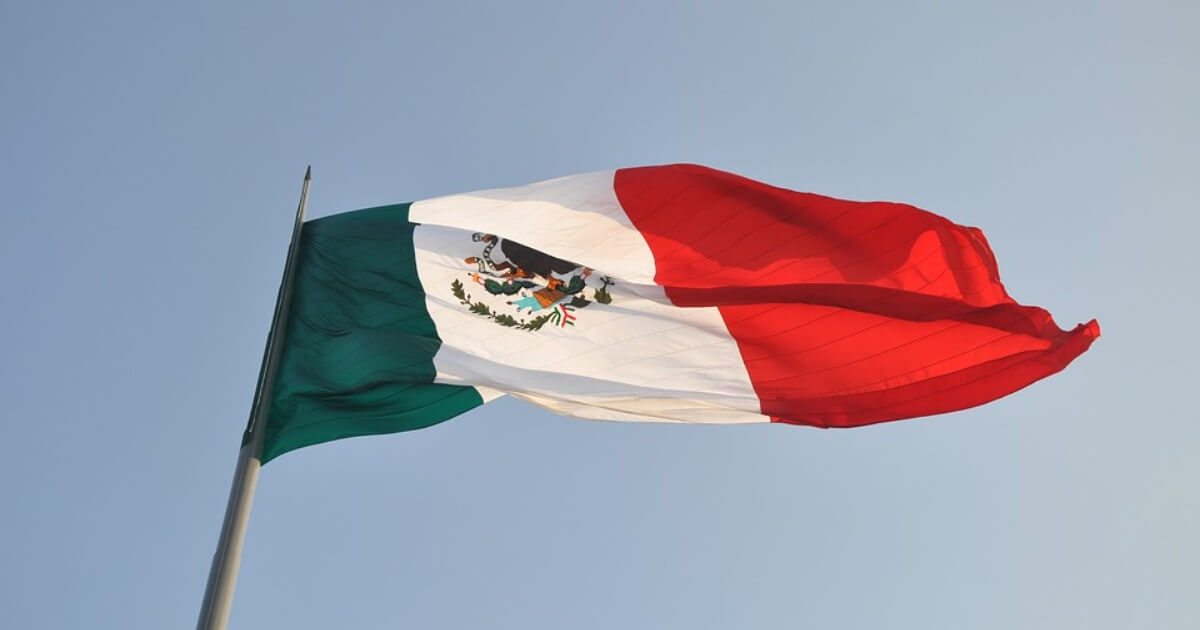Re-Globalization, With Hiccups
A new era of globalization is dawning, but it is accompanied by serious challenges.
June 3, 2021

For those who believe that the era of globalization is over, think again. In economic terms at least, we are seeing a re-globalization of sorts, with cross-border flows of goods and capital on the up.
The COVID-19 pandemic certainly led to some setbacks. In fact, cross-border trade declined more during March and April 2020 than it did during the Great Depression of 1929. However, the recovery has been faster than expected.
This is particularly the case with trade and capital movements between developed economies. China is included in this latter category.
Travel trauma
As far as human travel is concerned – whether for business or pleasure – the recovery is slower. According to the DHL’s Global Connectedness Index 2020, travel has suffered an unprecedented drop resulting from the restrictions of the pandemic. And the reopening of borders is taking considerable time.
Thus, the re-globalization we are seeing is fragile and the cracks in it are not easy to repair. Time is needed for this process.
From just-in-time to just-in-case
Moreover, it may involve profound changes in the workings of some supply chains. In the era of globalization 101, the dominant model was the one of “just-in-time” manufacturing.
But in the new, post-pandemic phase, the winning formula is closer to a “just-in-case” model. This will therefore be a different type of globalization. And whoever fails to engage with it will be condemned to watching from the sidelines.
We are witnessing a process that involves the abrupt and intermittent expulsion of air. This is the definition of a “hiccup.” The ongoing re-globalization we are witnessing is accompanied by hiccups.
Hampering hiccups
To begin with, there is an ongoing scarcity of containers even as their cost is increasing. The problems this is causing to global trade recovery were highlighted by the Suez Canal incident.
For several days in March, the canal was blocked by a ship, halting billions of dollars in maritime commerce.
Moreover, some key raw materials are running short and are therefore becoming more expensive, if available. There is a shortage of wood as well as of some petroleum-based products like plastics, PVC resins and colorings.
At the same time, there has been a rise in oil prices and other raw materials such as copper. The bottlenecks slowing down re-globalization are being laid bare.
New pandemic-related shortages
In the first phase of the pandemic, the main shortages faced by countries had to do with medical equipment like masks, gloves, respirators and so on.
These were ironed out relatively quickly, although there is still a high degree of dependence on Asia, especially China and India, for supply.
But now, other shortages have arisen involving, for example, the lipids used in the COVID-19 vaccines based on messenger RNA. Plastic tubes and bags are also in short supply.
According to the International Federation of Pharmaceutical Manufacturers, the U.S. Defense Production Act, designed to protect U.S. supplies, has aggravated the situation.
Digital realm
Shortages are also plaguing the digital realm. A lack of semiconductors has slowed down the assembly lines of various vehicle manufacturers worldwide. This matters greatly, not least because cars today are computers on wheels.
The pandemic has further highlighted the excessive dependence – one that China shares – on Taiwanese chip manufacturers. TSMC (Taiwan Semiconductor Manufacturing Company) is particularly dominant.
This is a geopolitically sensitive dependency. Trying to diversify away from it will require major investments.
Difficulties of diversification
An advanced chip-making plant, known as a foundry, costs around $20 billion. The new globalization will involve shortening strategic supply chains, including for semiconductors.
But this process will take years to materialize. China, which imports more microchips than oil in value, has made establishing foundries a top priority.
The greatest challenge is for Europe. Once a serious player in the field of advanced chips, it has let its lead slip.
Human talent needed
Another crucial bottleneck is related to the severe shortages of talent, in terms of human skills. According to Deloitte, 40% of businesses in Europe struggle to fill their vacancies due to the lack of people with the necessary training or experience.
Meanwhile, 30% of graduates are working in jobs and roles where the skills they acquired at university are not relevant.
At the global level, there is a large mismatch between demand and the supply of talent. Re-globalization thus urgently requires national public-private investment in cultivating these in-demand talents.
Conclusion
We are heading towards a more protectionist, more nationalist and more regionalized form of re-globalization.
While the exact contours of this new globalization remain unclear, what is certain is that it will not be a simple return to the status quo. Rather, it will involve transformations requiring new ways of thinking and new policies to better soothe the hiccups.
Takeaways
The world is witnessing a re-globalization, with cross border flows of goods and capital on the up.
The new globalization is fragile, hampered by a series of shortages ranging from raw materials to human talent.
We are heading towards a more protectionist, more nationalist and more regionalized form of re-globalization.
The Suez Canal incident was one example of how the ongoing re-globalization we are witnessing is accompanied by hiccups.
At the global level, there is a large mismatch between demand and the supply of talent. How can this be fixed?

